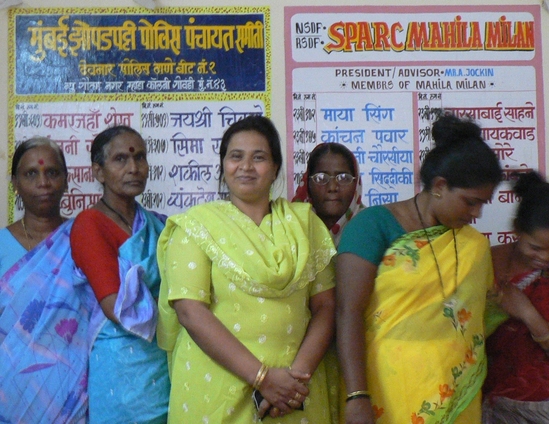What is intangible infrastructure?
Whether for-profit or non-profit, every social enterprise must eventually achieve sustainability or it goes out of business. For that sustainability, the Mee needs three things:- Theory of impact. A socially valuable consequence of doing the thing that we do.
- Business model. A repeatable revenue source connected to our delivery of products or services; as we do more of what we do, our revenue rises to match.
- Intangible infrastructure. The piece which represents the difference between motivated individual(s) and the entity which they become. Includes the particulars listed in the inset box.
Intangible infrastructure
All the assemblages to create a Mission Entrepreneurial Entity that acts in its business area.- R&D costs of business creation
- Product/ service suites tailored to the market
- Established business model
- Senior management in place
- Value chains and contractual relationships with counter parties
- Offices and equipment
- Trained, reliable staff or volunteers
- Documented business protocols
- Peer network for peer-to-peer learning
- Organizational culture
- Brand and market visibility
- "Scaling losses" on product roll outs

Women's savings collective, Mumbai : Intangible infrastructure personified. What is its capitalized value? Cost to create?
- Theory of impact is the reason for existence.
- Business model is the means of sustaining existence.
- Intangible infrastructure is the way to deliver the business model continually and enduringly.
Why is intangible infrastructure so critical?
In its evolution from gleam in a founder's eye to successful, impactful incumbent, a Mee goes through five stages of growth:
- Ideation. A visionary has an idea.
- Proof of concept. The visionary accomplishes a first example – a property, a loan product, a savings collaborative, a partnership – which thereafter represents a visible pilot project.
- Business startup. The visionary commits to making this into a full-time business – an institution, not just one person's effort.
- Intangible infrastructure. The entity creates and registers a legal form; hires people; opens an office; builds systems and procedures; transfers and memorializes knowledge.
- Scale-up. The entity grows from one location or volume level to larger and larger activity.
- Donors and foundations get skittish because the scale of capital required is substantially larger, maybe 10x the startup costs, and they worry that they lack an 'exit strategy' for continuing contributions.
- Impact investors won't downwardly fund the intangible infrastructure because, unlike the scaling, it does not produce a sustainable current return. Intangible infrastructure does not produce profit or cash flow; it's the cost of establishing the platform that can produce profits.
The trap of pricing 'for growth' instead of 'at scale'
Mee's that hit this funding void try to solve their growth problem out of operating profits. To do that, they price the product or service, not at the lower cost they could achieve if they were already large, but at a higher cost which includes some contribution toward paying for that scaling/ growth intangible infrastructure.
The difference between venture capital and social venture capital
The for-profit venture capital world understands this inherently. Money-losing cool ideas attract huge sums and high valuations because the capital markets are envisioning scale, and treating the pre-liquidity capital as funding that intangible infrastructure.


